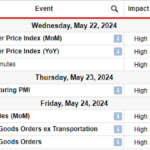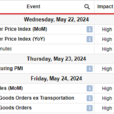
It makes sense that those surviving in the securities lending business would look overseas for inventory. If you are a broker dealing in rehypothecation, you go where the portfolios are stocked with pristine assets. Who holds the most UST’s on the planet? It used to be insurance companies (and their subs) who were more than willing to lend them out for a spread.
Long before the crisis, foreign institutions had begun stockpiling UST’s and other “reserve” assets like them. For awhile during the housing bubble, US agency debt and even some carefully sold versions of MBS were accepted as the best regardless of where they ended up as “owned.” Overseas entities, mostly sovereign wealth funds rather than strictly private banks, gave securities lending brokers another silo of collateral from which to draw.
It was also another potential bottleneck, not that anyone saw it coming. That’s the biggest thing about the crisis in 2007 and 2008; all of these various eurodollar, cross-border functions were pictured as robust and reinforcing. Liquidity and monetary fears were seemingly allayed by the menu of flexible, dynamic liability choices, and more than that supposedly “safe” options in places like repo.
As it turned out, collateral flow was as susceptible to breakdown as unsecured lending. You can even make the argument repo was worse for fomenting further crisis than what traded under LIBOR. An enormous collateral shortage developed as flow was interrupted. The geographical boundary proved as difficult here as anywhere else.
The collateral system has not received the attention it deserves even after eleven years, the consequences being paid by real economic disruption globally.

The Treasury Department’s TIC series again proves invaluable. It is the only data available that I know of documenting a lot of what banks do into and out of these eurodollar (again, using the term eurodollar as a euphemism for dollar transactions of all kinds offshore) spaces. There is even a series on collateral. It is incomplete, I’m sure, so it doesn’t cover everything, but how it aligns with the history of market breakdowns and things like the role of collateral in them suggests there is enough here to make some good judgments.
















